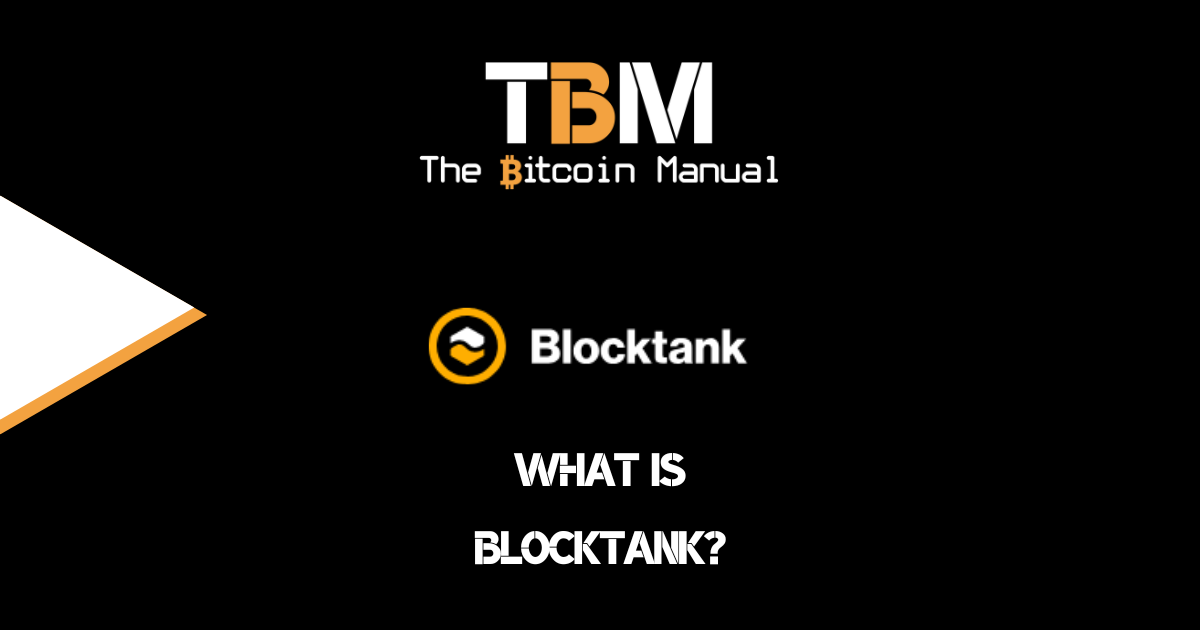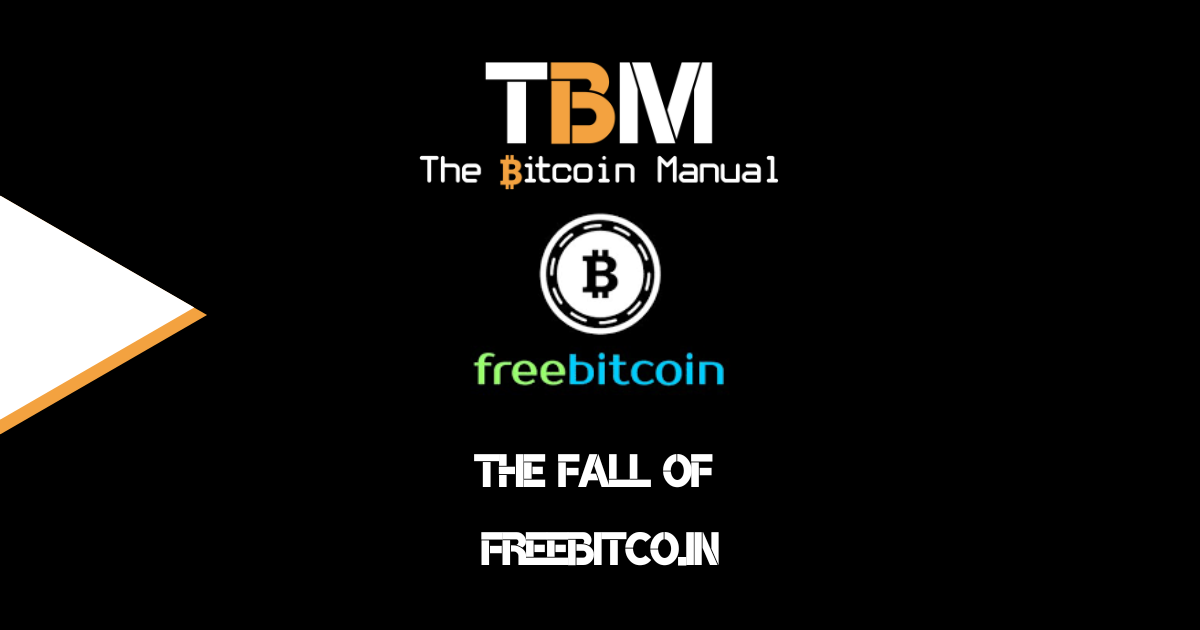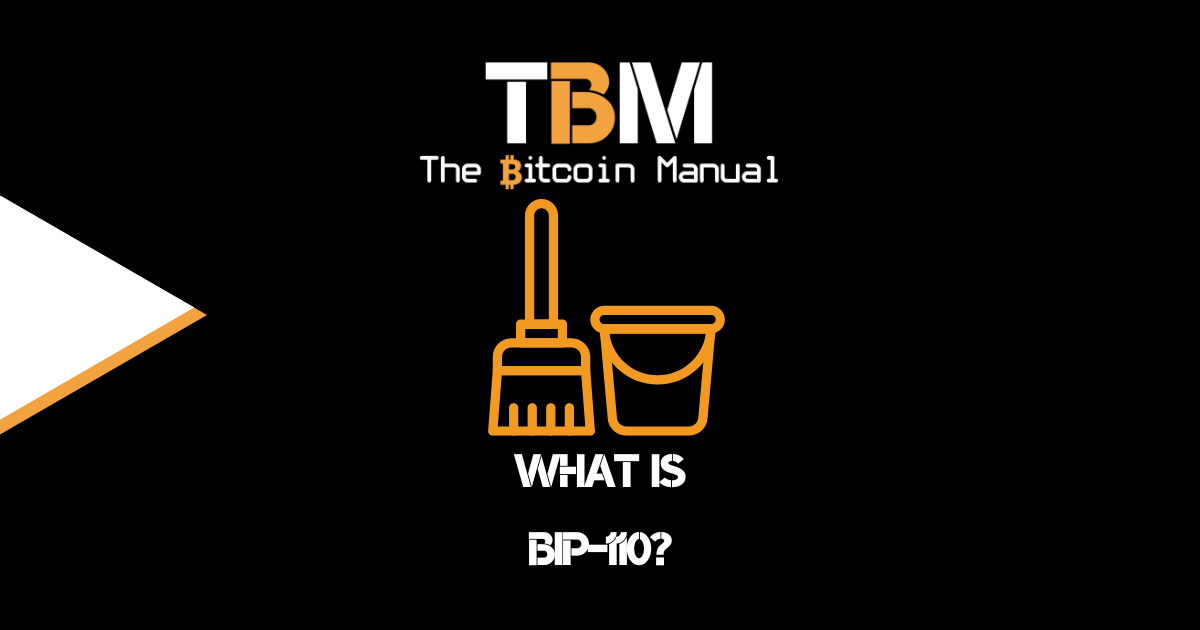One of the most exciting developments in Bitcoin is the Lightning Network, a second-layer protocol designed to facilitate faster and cheaper Bitcoin transactions; this payment network is the one designed for your everyday purchase, the coffee run, the eCommerce order or the quick scan and tap at the parking meter.
Non-custodial Lightning removes some of the constraints imposed on Bitcoin at the base layer. It gives the individual the user experience they are accustomed to with fiat rails, minus the counterparty risk.
But there’s a catch: to use Lightning, you have to go through the painful process of spinning up a server collegially known as a Lightning node, fund the node wallet, find someone to pair up with and manage your channel capacity.
It’s a lot to ask for the average user, so most turn their nose up at the idea and make the trade-off to use a custodial wallet instead… aaaand we end up back to square one with counterparty risk.
If Bitcoin is going to scale to billions of people, it has to have options that cater to the average user, and there are options emerging, such as federated eCash mints and LSPs.
What are LSPs?
Lightning Service Providers (LSPs) are starting to crave a niche all their own by offering users Lightning Network’s functionality and still offloading the expected technical overhang of users.
Think of it as a Lightning Service Provider like you would a SAAS business that offers you some form of cloud computing versus managing it yourself at home. Let’s take your entertainment setup as an example; you could choose to spin up your own home server and use open-source software like Jellyfin or Plex to manage your media library.
You would need to source the files and then download the additional metadata so it doesn’t look like complete trash when exploring your media files, and you can enjoy a slick UI where you can see covers, titles, subtitles, etc.
Alternatively, you can skip all that and pay a streaming service like Netflix to manage all that for you, and all you would do is boot up the app and watch your favourite shows.
The one big difference between an LSP and other SAAS businesses is that the SAAS operator controls your data; they’re not just providing you with the infrastructure. If you upset the service provider, they can shut you out; if the service provider is shut down, you’re out of luck.
With an LSP, if the worst does happen, you are only using their node to manage your channel, and you can still sweep the funds back into your on-chain wallet using your private key and avoid having to deal with a costly rug pull.
Lightning As A Service
Self-custodial Lightning wallets that offer LSP management usually only offer their in-house offering to users. Sure, this offers simplicity, but if a user isn’t happy with the UX or reliability of a particular stack, they’d have to wipe that wallet and transfer the funds, install a new wallet, move the funds, open a channel and create a new backup, which sucks as a service.
Instead of competing with one another and siloing off customers, several LSPs in the space have started collaborating to create an open LSP specification that is entirely voluntary and allows people from the community to contribute.
By leveraging one another’s learnings and software stacks, the LAAS standard is born. Any LSP and wallet that adheres to the standard would essentially be interoperable with one another, so users could mix and match, move from wallet to wallet or LSP to LSP or even manage multiple LSPs from a single wallet.
What is Blocktank?
Blocktank is Synonym’s implementation of a Lightning Service Provider (LSP) that offers up its infrastructure to users who wish to interact with Lightning Network.
As a user, all you need to do is have an LSP-compatible software wallet and capital you wish to commit to the Lightning Network; once you fund your channel, it’s all ready to go.
Blocktank provides liquidity management and routing services for Lightning Network participants, ensuring that channels remain open and transactions are processed smoothly.
Essentially, Blocktank acts as a bridge, facilitating better connectivity and efficiency in the network. It allows users and businesses to connect more easily to the Lightning Network, providing a crucial service for anyone looking to engage with Bitcoin in a more scalable way.
How Blocktank Works
To grasp what Blocktank gives you under the hood, it’s essential that you understand a few key concepts related to the Lightning Network:
- Payment Channels: These are private channels between two parties that enable them to conduct multiple transactions of the Bitcoin blockchain. Only the final state of these transactions is recorded on-chain, significantly reducing the load on the Bitcoin network.
- Liquidity: For the Lightning Network to function efficiently, it needs liquidity in its channels. Blocktank provides this liquidity by managing and distributing funds across the network. This ensures that transactions can be routed through various channels without bottlenecks or delays.
- Routing: Blocktank helps in routing payments across the network. When you send a payment, it might need to travel through several channels to reach its destination. Blocktank optimizes this routing process to ensure transactions are completed swiftly and reliably. When you’re connected to a big wumbo channel hosting node, you not only have confidence that your payments will always settle but that you’re getting the cheapest rate with the fewest hops in between.
Yeah, all that drama abstracted away, ain’t nobody got time for that!

Setting Up Your Lightning Wallet with Blocktank
Setting up a Lightning wallet with Blocktank involves a few steps, but don’t worry—this guide will walk you through the process. Before you begin, ensure you have some Bitcoin to fund your Lightning channels.
Here’s how you can get started:

Step 1: Choose a Lightning Wallet
To use an LSP like Blocktank, you need a compatible Lightning wallet.
Wallets planning to support this new LSP spec are Bitkit, Breez and Mutiny; although Mutiny will be winding down this year, you may choose another option unless you plan to self-host Mutiny.
Download and install your chosen wallet, and set it up according to the wallet’s instructions.
Step 2: Connect to Blocktank
Once your hot wallet is up and running, you must connect it to Blocktank via Blocktank’s widget on their site or via the Bitfinex exchange.
- Head over to Blocktank or open your Bitfinex account.
- Set the amount you want to use to fund the channel
- Set the amount you want to reserve for spending (optional)
- Set the minimum amount of time you want your channel to remain open
- Accept the terms and conditions
- Pay with on-chain Bitcoin to the provided address or Lightning
- If you’re using Bitfinex, you will have the option to pay with a Bitfinex account balance
- Once the payment is confirmed, you should receive your channel ID details
The process may vary depending on your wallet but generally involves:
- Accessing the Wallet’s Settings: Navigate to the settings or network configuration section of your wallet and either paste in your channel claim URL or scan the QR code provided on the Blocktank or Bitfinex order confirmation page
- Confirm and Wait: Confirm the connection and give it some time. The funds will be displayed in your wallet, and the active channels will be ready to spend or receive.
Step 3: Start Using the Lightning Network
With your Lightning wallet connected to Blocktank and your channels funded, you’re ready to start using the Lightning Network. You can now send and receive payments instantly and at lower costs.
Your transactions will be routed through Blocktank’s infrastructure, ensuring a smooth and efficient Lightning experience, so why not zap our Lightning address and give it a test run?
Benefits of Using Blocktank
Using Blocktank as your Lightning Service Provider offers several advantages:
- Enhanced Connectivity: Blocktank helps ensure that your Lightning channels are well-funded and capable of routing transactions efficiently.
- Reduced Transaction Costs: By utilizing the Lightning Network, you benefit from significantly lower fees than on-chain Bitcoin transactions.
- Increased Speed: Lightning transactions are processed almost instantaneously, enhancing your overall Bitcoin experience.
Don’t tank your Lightning experience
LSPs like Blocktank eliminate the headaches involved in day-to-day node management, providing a necessary middle-ground where people can use Lightning without giving up ownership of funds.
You also get the benefit of a reliable and well-managed node running on better infrastructure than you likely have at home, along with the already established network of channels to facilitate fast, cost-effective, reliable Bitcoin transactions.
By connecting your Lightning wallet to Blocktank, you can enjoy the benefits of the Lightning Network without all the hassle and start interacting with the growing number of Lightning-enabled apps, merchants and users.
Happy zapping!
Do your own research.
If you want to learn more about Blocktank, use this article as a starting point. Don’t trust what we say as the final word. Take the time to research other sources, and you can start by checking out the resources below.




